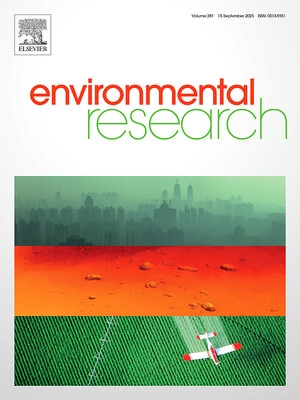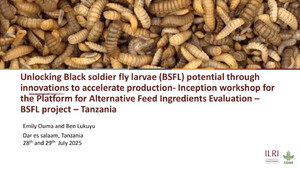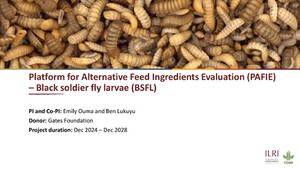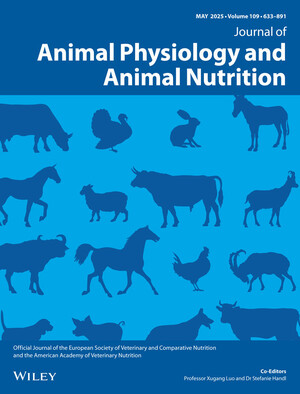
Molecular characterizations of Kenyan Brachiaria grass ecotypes with Microsatellite (SSR) markers
Abstract
Brachiaria grass is an emerging forage option for livestock production in Kenya. Kenya lies within the center of diversity for Brachiaria species, thus a high genetic variation in natural populations of Brachiaria is expected. Overgrazing and clearing of natural vegetation for crop production and nonagricultural uses and climate change continue to threaten the natural biodiversity. In this study, we collected 79 Brachiaria ecotypes from different parts of Kenya and examined them for genetic variations and their relatedness with 8 commercial varieties. A total of 120 different alleles were detected by 22 markers in the 79 ecotypes. Markers were highly informative in differentiating ecotypes with average diversity and polymorphic information content of 0.623 and 0.583, respectively. Five subpopulations: International Livestock Research Institute (ILRI), Kitui, Kisii, Alupe, and Kiminini differed in sample size, number of alleles, number of private alleles, diversity index, and percentage polymorphic loci. The contribution of within-the-individual difference to total genetic variation of Kenyan ecotype population was 81%, and the fixation index (FST = 0.021) and number of migrant per generation (Nm = 11.58) showed low genetic differentiation among the populations. The genetic distance was highest between Alupe and Kisii populations (0.510) and the lowest between ILRI and Kiminini populations (0.307). The unweighted neighbor-joining (NJ) tree showed test ecotypes grouped into three major clusters: ILRI ecotypes were present in all clusters; Kisii and Alupe ecotypes and improved varieties grouped in clusters I and II; and ecotypes from Kitui and Kiminini grouped in cluster I. This study confirms higher genetic diversity in Kenyan ecotypes than eight commercial varieties (Basilisk, Humidicola, Llanero, Marandú, MG4, Mulato II, Piatá and Xaraés) that represent three species and one three-way cross-hybrid Mulato II. There is a need for further collection of local ecotypes and their morphological, agronomical, and genetic characterizations to support Brachiaria grass breeding and conservation programs.
Citation
Ondabu, N., Maina, S., Kimani, W., Njarui, D. and Djikeng, A. 2017. Molecular characterizations of Kenyan Brachiaria grass ecotypes with Microsatellite (SSR) markers. Agronomy 7(1):8.










